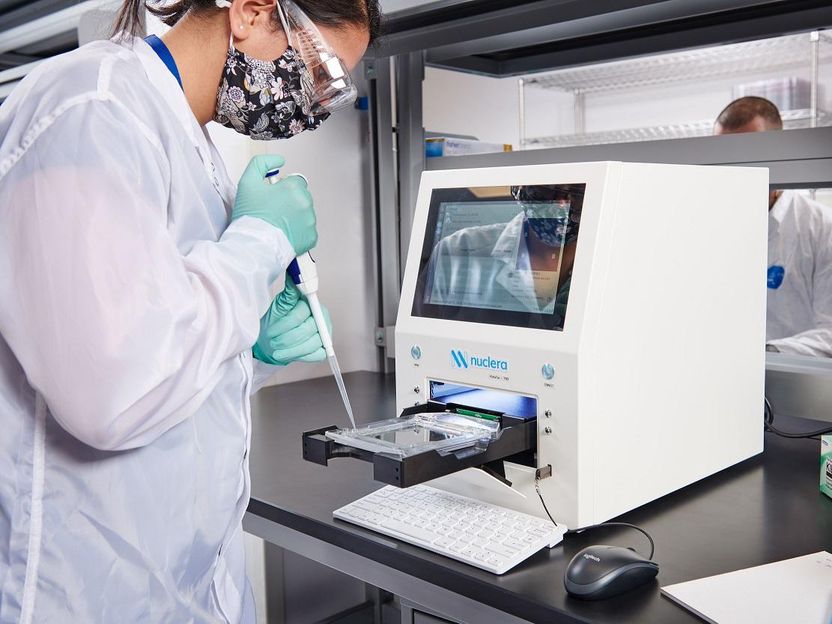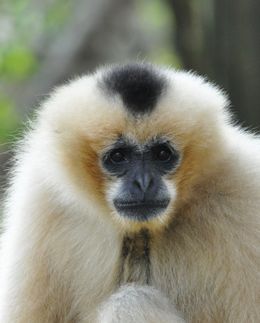Scientists sequence genome of the woodland strawberry, a model system for rosaceae plants
Research could provide model for other plants in the Rosaceae family, including almond, apple and peach
The genome of a model plant related to peach, cherry and cultivated strawberry has been sequenced by a consortium of international researchers that includes scientists with the Agricultural Research Service (ARS). The scientists announced the sequencing of the genome of woodland strawberry. The project was funded by Roche Diagnostics.
Fragaria vesca, commonly known as the woodland or alpine strawberry, is a member of the Rosaceae family, which consists of more than 100 genera and 3,000 species. This large family includes many economically important and popular fruit, nut, ornamental and woody crops, such as almond, apple, peach, cherry, raspberry, strawberry and rose.
F. vesca has many traits that make it an attractive model system for functional genomics studies. Its small size and rapid life cycle enable researchers to conduct genetic analyses with great efficiency and low cost. To determine the importance of a gene of interest, F. vesca can be transformed in order to modulate the activity of that gene in the plant. Most importantly, F. vesca has a relatively small genome, yet shares most gene sequences with other members of the Rosaceae family, making it an important tool for addressing questions regarding gene function.
ARS molecular biologist Janet Slovin, with the Genetic Improvement of Fruits and Vegetables Laboratory in Beltsville, Md., created the nearly inbred line used in the F. vesca genome sequencing project. Named "Hawaii 4," this line allowed the researchers to more easily program a computer to piece the genome together from the relatively short lengths of sequence data generated by modern sequencing machines.
Although the F. vesca genome is a model genome for the Rosaceae group, critical regulatory gene functions will probably differ, hypothesizes Slovin. Scientists can use the genome sequence to identify these genes, to test their function in F. vesca, and to develop molecular genetic markers for more rapid breeding of crops belonging to the Rosaceae group. Slovin will use the genome to study and improve heat tolerance during fruit production in strawberry.
Topics
Organizations
Other news from the department science

Get the life science industry in your inbox
By submitting this form you agree that LUMITOS AG will send you the newsletter(s) selected above by email. Your data will not be passed on to third parties. Your data will be stored and processed in accordance with our data protection regulations. LUMITOS may contact you by email for the purpose of advertising or market and opinion surveys. You can revoke your consent at any time without giving reasons to LUMITOS AG, Ernst-Augustin-Str. 2, 12489 Berlin, Germany or by e-mail at revoke@lumitos.com with effect for the future. In addition, each email contains a link to unsubscribe from the corresponding newsletter.
More news from our other portals
Last viewed contents

How plant-derived nutrients can affect the gut and brain - Study tests link in overweight adults
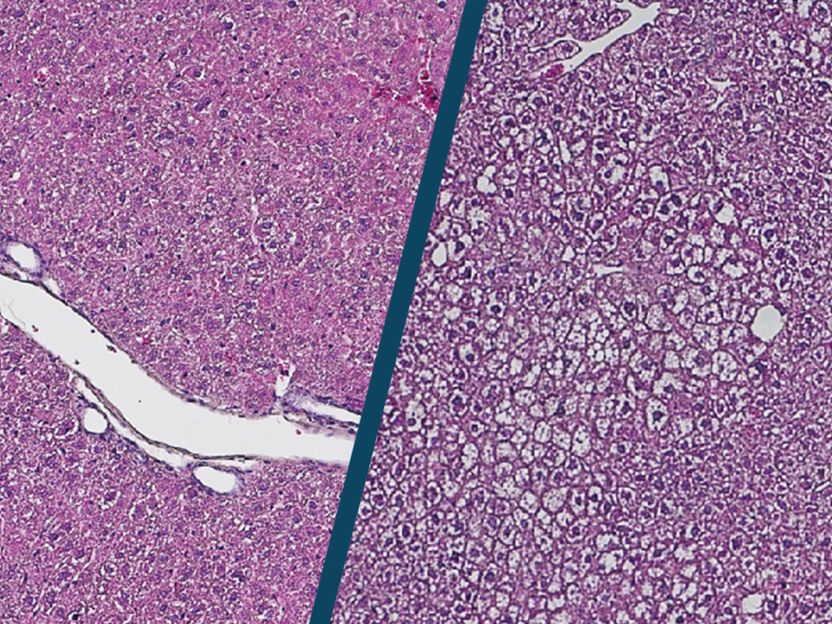
A building block for liver fitness in old age - Researchers discover cellular protection against epigenetic changes
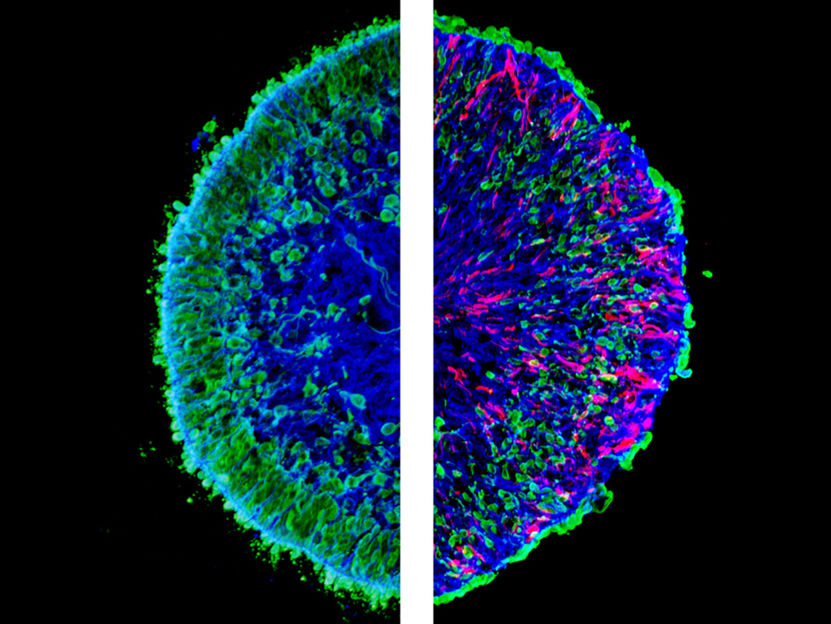
New Potential Mechanism for Vision Loss Discovered - Visual cells may not simply die in some diseases, but are mechanically transported out of the retina beforehand
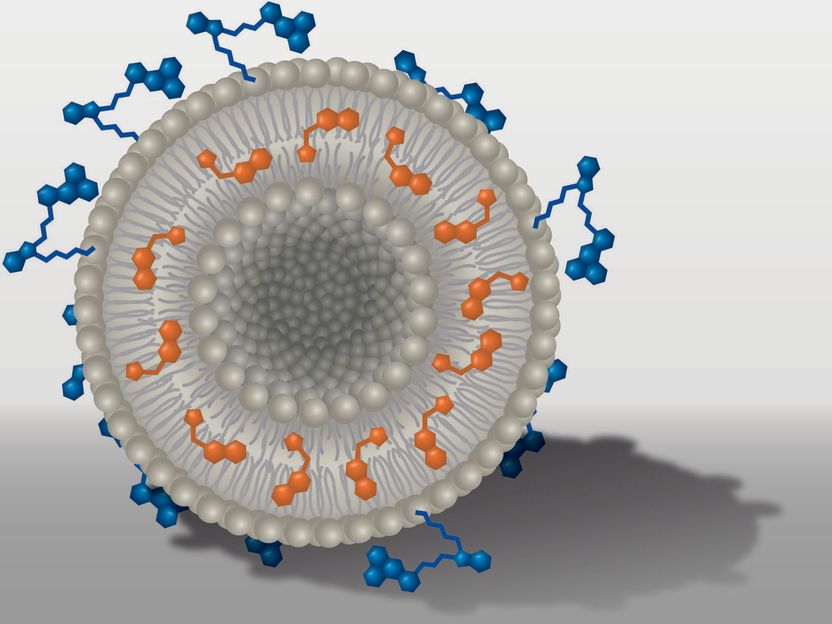
Bypassing side effects: Nanocontainers transport active ingredients directly to their target - Fundamentally new possibilities for sepsis therapy
MolecularHealth Partners with GATC Biotech for Genetic Sequencing Technology and Expertise
Schistosoma_japonicum

Cambrian Biopharma Closes $100 Million Series C to Advance Healthspan-boosting Therapeutics to the Clinic
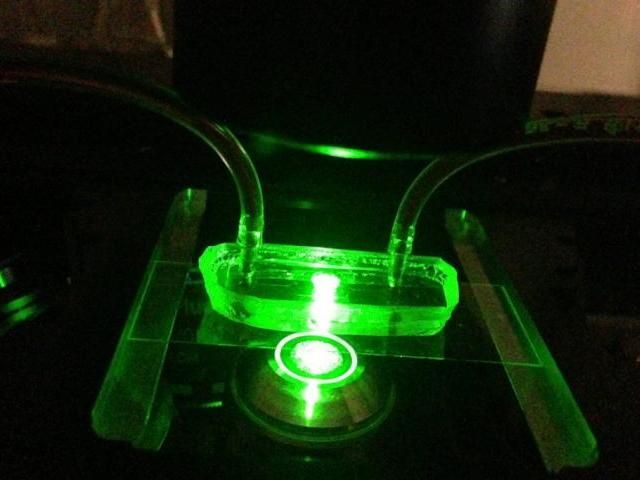
When push comes to shove: Size matters for particles in our bloodstream
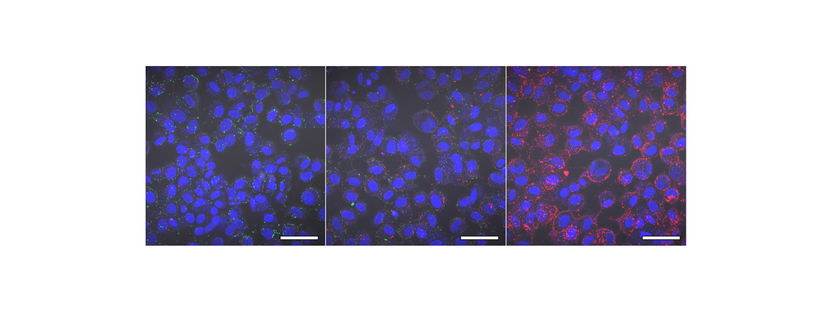
Why Zika and dengue viruses are preferentially transmitted through blood
TNO will deliver technology that makes conducting studies in infants feasible - TNO and European consortium members receive a 1.2 million euro European research grant to improve drug development for infants
